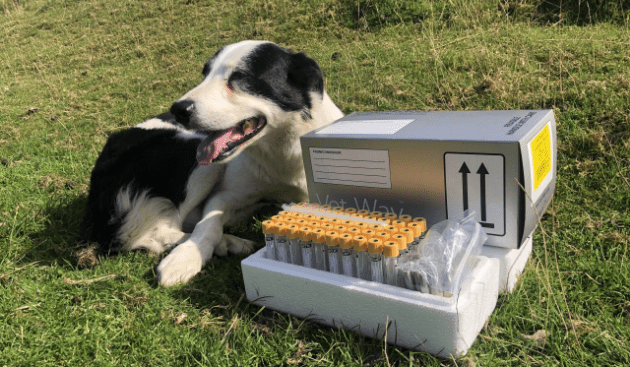Latest Blogs
Sample Transport Packaging: Preserving Specimens for the Laboratory
The importance of how samples are preserved prior to arriving at the laboratory must not be underestimated.
Some key points to keep in mind for tissue samples include:
Keep the tissue cool.
Bacteria are usually present in ALL collected samples. It is important to keep the tissue cool because the bacteria will grow and replicate in warm temperatures. The nonspecific bacteria will quickly outgrow the specific bacteria you are trying to find. Also, the nonspecific bacteria will generate toxic products that might kill any viruses or fungus you are looking for in the sample.

Keep all tissue samples separate from one another
As tissues get grouped together, bacteria from one can quickly overtake another. This is especially true if intestinal samples or faecal materials are included. Use specially designed bio-hazard bags like the PathoSeal or PathoPouch that can be properly sealed and prevent leakages.
For serum samples – Let the blood coagulate
This is best done by using the plain, red-top tubes and leaving them at 37° for 12-24 hours. The red top on the tube is a universal symbol that the tube contains no anticoagulant; consequently, the blood will coagulate and after coagulation, the serum can be removed and put into a clean tube.
If you don’t remove the serum, the red cells in the clot will slowly break down, releasing their haemoglobin into the serum. This will make many serology tests difficult to process accurately.
Once the serum is removed and in a separate tube, keep it cool until you can get it to the laboratory. If it will be longer than a week before the sample can be shipped, freeze the sample to prevent a drop in antibody levels.
For faecal samples, keep them cool until they can be sent to the laboratory. Nematode eggs usually survive well at 4°c but can be destroyed by freezing, so do not freeze.
A full list of useful equipment to have to hand when collecting samples
- Formalin screw-top pots
- Syringe, needles, blood tubes
- Sealable, leakproof bio-hazard bags (PathoSeal) with absorbent
- Sterile swabs
- Tubes/pots for collection of fluid (urine, ocular fluid, body cavity effusions), placement of swabs.
- Sample pots (Leakbuster and PathoPak) – faeces and stomach content
- Cool packs – PharmaChill
- Vet-Cool
- Waterproof marker
- Documentation – Sample submission forms
Sending your sample to the Laboratory
Once your sample is correctly preserved, the next task is to get them to the Laboratory in a condition that will make the handling and processing of the samples safe and efficient.
The timing is key – Bacteria will proliferate or the agent will degenerate the longer the sample is left before processing. Packaging should be clearly labelled to ensure the sample is not delayed in transit.
Keep the samples cool on the way to the laboratory. You can use specialist UN3373 packaging such as the BioTherm which will keep samples at fridge temperature (2-8) whilst in transit. Alternatively, leak-proof cool packs such as the PharmaChill can be used. Ensure there is a barrier between samples and any ice packs used to prevent samples from freezing.
Use packaging that will prevent leakage and crushing. Leakage of contents will likely cause a package to be refused by the shipper. The outer package should be sturdy enough to prevent the sample from becoming crushed.

Paperwork
Be sure that all your samples are well labelled. The laboratory will need to know details of each sample for example the species of animal, the organ the sample was taken from, the location the swab was taken from etc.
The diagnosis of a disease is a group effort. Every link in the chain has some information to contribute. By giving the laboratory a complete history as well as ensuring your sample arrives in the best state will ensure technicians are able to do their best and report the most accurate results.
For more sample packaging options, please see Smart-Lab
